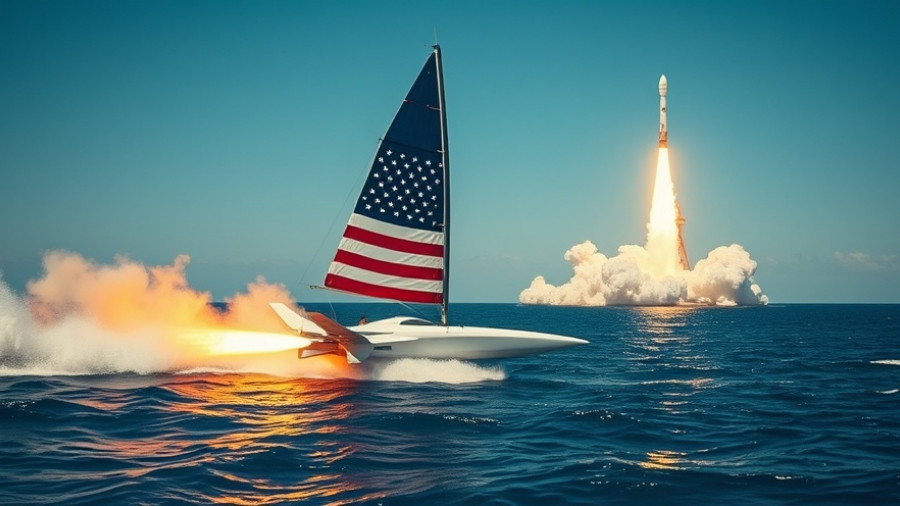
NCIS Enhances Security with Special Agents on DDGs
In a pivotal move to strengthen border security, the Naval Criminal Investigative Service (NCIS) is deploying special agents aboard guided missile destroyers (DDGs) patrolling the southern border of the United States. This initiative not only emphasizes the importance of naval operations in domestic security but also marks a significant public safety strategy aimed at curbing illicit activities across the border.
The Role of DDGs in Shoreline Safety
Guided missile destroyers have long been critical assets of the U.S. Navy, equipped to engage in anti-submarine warfare, surface warfare, and air defense. Their deployment along the southern coast represents an innovative approach to operational duties that encompass both military and law enforcement capabilities. As illegal trafficking and cross-border crime remain major concerns, using these seafaring vessels to enhance land operations showcases an integrated approach to security.
Why This Matters for Local Communities
For communities along the southern border, the presence of NCIS agents on DDGs symbolizes a commitment to public safety and reinforces the sense of protection among residents. It demonstrates that maritime military resources can adapt to meet the pressing needs on land, a crucial connection that may often feel overlooked. With today’s challenges, this proactive measure aims to reassure community members that their well-being is a priority.
Supporting Local Law Enforcement Efforts
This cross-departmental collaboration sends a clear message that federal resources are accessible to support local law enforcement in tackling border-related issues. As NCIS works hand-in-hand with local police agencies, the efforts will focus on intelligence sharing, which is vital for developing effective strategies to combat crime. The shared responsibility creates a safety net for citizens, fostering a collaborative spirit within law enforcement.
A Historic Step Towards Multi-Agency Coordination
The integration of NCIS agents aboard DDGs is not just about responding to current threats; it sets a new precedent for multi-agency coordination in the United States. History shows that effective safety measures often come from collective efforts, and this initiative stands as a model for future collaborations across governmental departments. It reflects a forward-thinking approach where both military and civilian sectors unite to counteract security threats.
Looking Ahead: A Unified Front
As this initiative continues to unfold, the communities near the southern border can expect enhanced security measures that span both land and sea. While the current operational focus addresses immediate concerns, the long-term effects may lead to an increased sense of safety and stability in the region. In many ways, this historic effort represents a unified front against challenges that face the country, fostering hope among residents and emphasizing the importance of collaboration in ensuring national security.
 Add Row
Add Row  Add
Add 




Write A Comment